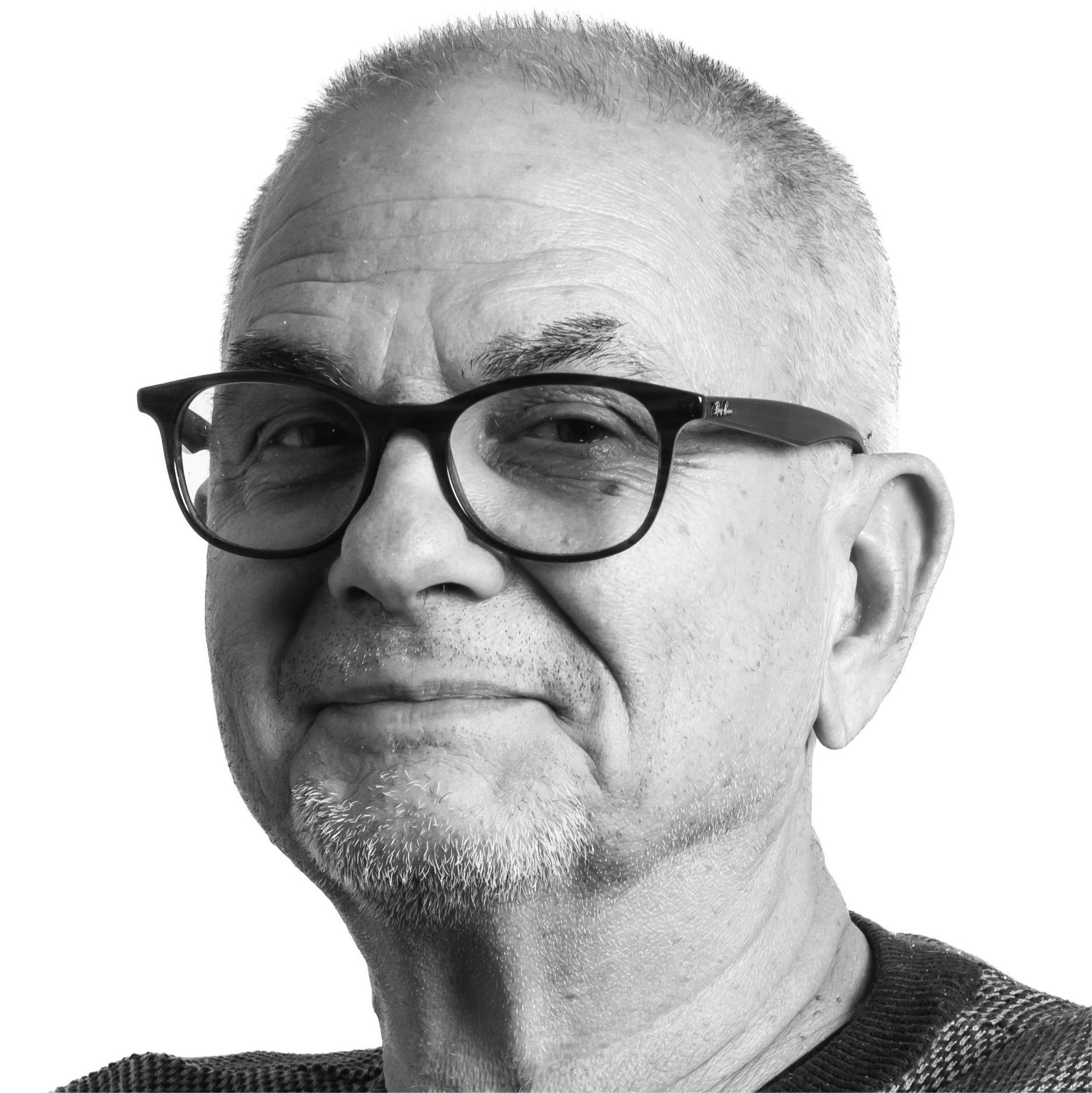Biography
ABOUT
“Vlad Gaivoronschi is not only a respected academic personality and a successful Romanian architect whose projects have been awarded many distinctions, but he is one of the few Romanian architects involved in the re-construction of the architectural profession in post-communist Romania. In 1990 he founded one of the first liberal architectural studios in Romania, Andreescu and Gaivoronschi Associated Architects, together with his friend and fellow architect, Ioan Andreescu, with whom he had participated in an underground avant-garde group of reflection in the 1980s. Based in Timișoara, the studio occupies a special place within the architectural landscape of present-day Romania. Aside from designing, teaching and writing, Gaivoronschi assumed many responsibilities in the new associative life of the profession, consistently contributing to the elaboration of principles and regulations meant to settle an honest and honorable liberal architectural practice in Romania. In this capacity, he was also active in various bodies and working groups of the international organizations concerned with the architectural practice, such as the International Union of Architects (UIA) and the Architects’ Council of Europe (ACE).” Ana Maria Zahariade, sITA review nr. 8, 2020, pag.295.
AWARDS
2006 – Nomination for BEST ROMANIAN ARCHITECT IN 2006 as a result o2016 – Excellence Banat Region Prize “Eugen Todoran” for Arts and Humanities Category.2012 – Excellence Diploma for outstanding contributions in promoting Romanian architecture – The National Architecture Biennale, Bucharest.f a sociological survey realized by CURS, TNS-CSOP, IMAS and INSOMAR, representing the Romanian architects’ opinion for the “10 for Romania” project realized by REALITATEA TV.
SHORT DESCRIPTION ABOUT THE OFFICE
ANDREESCU & GAIVORONSCHI is celebrating 35 years in the Romanian contemporary architecture. Taking into account it’s long evolution there is a continuous exploration of new fields, questioning new ways of formulating the project, generating narratives with the joy of endless discoveries, a continuous search for the atmosphere that envelops and develops sensitivity to what is not immediately visible. Domestic, private projects or public ones are using material and light, movement and immobility, presence and absence in order to enrich everyday life and to make it meaningful. A series of projects and edifices obtained over 60 national and international distinctions as The European Award for Steel Construction ECCS in 1997 for Badea Cartan Timisoara market place steel & membrane covering , Nomination for The Mies van der Rohe EU Architecture Award, 2008, 2012 and Shortlisted at WAF, Barcelona 2010 and Berlin 2016. ANDREESCU & GAIVORONSCHI is present on websites such as ARCHDAILY, ARCHITIZER, etc. and in exhibitions at the Venice Biennial in 1991, 1996, in Bucharest, Cluj-Napoca, Budapest, Leipzig, Thessaloniki, Szeged, Vienna, Istanbul, Brussels, Tokyo, Singapore, Berlin, Barcelona, Seoul, Frankfurt, Ljubljana, Novi Sad, Athens, etc..
AWARDS OF THE OFFICE
– 2016 – INGLASS Prize Bucharest for C.B.C. – City Business Centre Timisoara – 2021 – The President’s International Jury Saint Gobain Gyproc Trophy Prize Paris for ISHO U1 building Timisoara; – 2016 and 2018 – The Timisoara Euro Regional Biennial Architecture BETA Prize (C.B.C., “Home of Art” Timisoara and “THE OFFICE” Cluj) – 2019, 2020, 2021, 2022, 2024 – Winner at BIG SEE Architecture Festival Ljubljana – 2018, 2020, 2025 – Winner at GERMAN DESIGN AWARDS Frankfurt (C.B.C., ‘Home of ART” and British International School)
PROJECTS TO BE PRESENTED DURING THE EVENT
Project #1: British International School of Timisoara – “Ana Șandor” high-school building
Project #1 category: Research facilities / University / college buildings / University college campuses
Start year: 12.01.2021
The high-school new building completes the British International School ensemble south-east side, situated in Timisoara, western Romania. The whole ensemble gravitates around a beautiful park. The first cycle is already functioning in an existing regenerated building. The new building is a GATE to enter in the whole ensemble, an “inner city” with a longitudinal axis and an ascensional topology towards the library at “piano nobile” , with “piazza” and amphitheater in the inner atrio. Near the entrance there are the art class-rooms; oriented to the park behind, there is a surprising double height mensa space. The library develops a double height space, it’s second floor opening itself to the park from above with a large terrace. Oblique views, the sunlight playing inside, two suspended pedestrian walkways at second floor and the tree inside at ground floor generate the atmosphere. The exposed concrete and mechanical contribute to a relatively industrial image. The inside/outside contrast is generated by the simple, curved, horizontal exterior volume partially covered in klinker .










